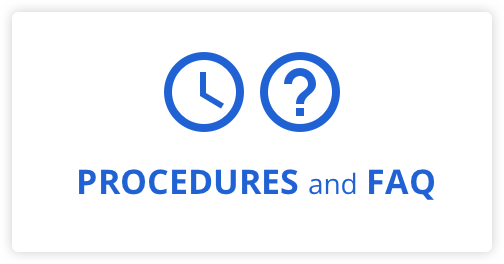Did you know that for the average investor, the terms segregated fund, mutual fund and exchange-traded fund (ETF) can all mean the same thing?
Here are a few tips and reference links, in plain language, that you can use when explaining the difference to your client.
Segregated funds, mutual funds, ETFs: What is the difference?
Segregated funds:
- Sold only by insurance companies.
- Risk and performance depend on the investments in which the fund invests (bonds, stocks, etc.).
- Capital guarantee at maturity and death: 75% or 100% at maturity or death and allows for resets of the guarantee, from 1 to 4 times a year depending on the type of contract
- Comes with additional costs.
- Offer other tax and estate benefits.
For more information, see the Segregated funds advantages (F13-452A) and Segregated Funds in 10 Questions (F13-1133A)
Mutual funds:
- A fund sold and suggested by an investment advisor.
- Risk ranges from low to high.
- Risk depends on the investments in which the fund invests (bonds, stocks, etc.).
- Mutual funds are not guaranteed.
Exchange-traded funds (ETFs):
- Investment funds for which the securities are traded like stocks on a stock exchange.
- ETFs trade like individual securities. They can be bought and sold in real time at any time of the day during trading hours, unlike traditional managed funds, which are only valued at the close of the trading day.
- The majority of ETFs track a benchmark, which means that only a minority of these funds incorporate active management by the portfolio manager, such as in mutual funds or segregated funds.
Simplified tax reporting, another benefit of segregated funds
- Segregated funds offer a key tax advantage that is often overlooked or misunderstood, especially for non-registered contracts. In segregated funds, all income generated by the funds as well as capital gains and losses resulting from redemptions by the client are included on the client’s tax slip (T3 at the federal level and Relevé 16 in Quebec). The client or their accountant has no calculations to make, which facilitates the tax return and reduces the risk of errors.
- In mutual funds, however, clients must calculate their own gains and losses from redemptions and tax themselves by entering it on their tax return.
Refer to the document Tax Treatment of Segregated Funds (F13-1023A) for more information.
How can clients do their homework before purchasing an investment fund?
They should choose a fund that suits their investor profile and investment knowledge. Their savings goals and investment horizon are also key.

We recommend that you send them the IN YOUR INTEREST podcast on investor profiles.
With the recent market fluctuations, are your clients more anxious than they thought they’d be?
In a bull market cycle, it's easier to think of yourself as an “aggressive investor”. However, if the recent market fluctuations are keeping your client up at night, you may want to review their profile with them.
In conclusion, what should you remember about investing in funds?
When it comes to investing in a fund (mutual, segregated or ETF), it's important to understand the key features of each type. The Fund Facts document is an essential tool to help your client make informed decisions.
Obviously, your role as an advisor also adds significant input to this decision!

